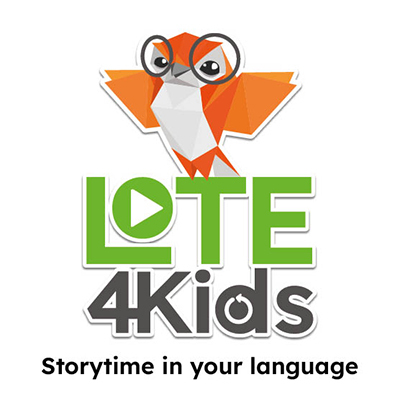Hand-me-downs, pre-owned, second-hand and well-loved: there’s something uniquely special about giving something a second life. Perhaps it’s as inconsequential as passing along a soccer ball, repurposing a pair of old jeans into a tote bag or sharing a well-loved recipe with a friend. Other times the significance is greater, such as inheriting your grandmother’s necklace, adopting a senior pet or being gifted a plant so old no one remembers where it came from. There is a sense of pricelessness that comes with a long history of many caring, loving homes.
In the spirit of “well-loved” things “living on,” I began pondering what first experiences young children might have with this concept. Today, I present to you a collection of stories that will touch your heart and inspire you and your littles to live a life of conscious generosity and kindness.
“Red Shoes” written by Karen English, illustrated by Ebony Glenn
This is the story that inspired the musing you’re reading today. A little girl spots a dazzling pair of red shoes in a window, and her doting grandmother takes note. Grandma buys them for her birthday, and the little girl lovingly cares for them throughout her year, wearing them for many special occasions. Unfortunately, as her next birthday approaches, she no longer fits in her favorite red shoes. Ultimately, grandma sells her special red shoes to a thrift store where they travel around the world in another grandma’s suitcase to another precious granddaughter who treasures the shoes. The parallels of the girl’s joy are almost tangible and will make a wonderful conversation starter for donating gently used clothes, toys and of course, shoes.
“No Ordinary Jacket” written by Sue-Ellen Pashley, illustrated by Thea Baker
Stunning mixed-media illustrations draw you in to cuddle up with this sweet book about a very special jacket. “It was soft like dandelion fluff. It was warm like the afternoon sun. It was comforting, like a hug.” This jacket goes everywhere with its owner, until, you guessed it, it gets passed down to the next child. Even with paint on the elbow, missing buttons and a thick coat of cat hair, the jacket is too valuable to part with. Mom comes to the rescue to give the well-loved coat one last life in the end.
“Knuffle Bunny Free” by Mo Willems
Mo Willems does it again, teaching a lesson while tugging at our heartstrings. Trixie, her parents and Knuffle Bunny are flying to Holland to visit her grandparents. Unfortunately, in all the excitement of disembarking, Trixie’s lovey, Knuffle Bunny, is left behind! The plane is on its way to China, and there’s no way of getting poor Knuffle Bunny back. By the end of her visit, Trixie learns she can find her own calm and security without dear Knuffle Bunny. Good news for our reader though, the story doesn’t end there! On her flight back home, Knuffle Bunny reappears! However, Trixie no longer needs him, and there’s a sad child behind her that could use a friend. Be warned, there’s a reason this one was a runner-up for the Kleenex Awards.
“Lubna and Pebble” written by Wendy Meddour, illustrated by Daniel Egnéus
Set against the backdrop of a refugee tent camp, Little Lubna draws a face on a pebble so that she will have a friend in this new, strange place. Pebble goes everywhere with Lubna, listening to all her stories, playing with her, and sleeping with her every night. Soon, a little boy, Amir, arrives and he and Lubna become good friends. When Lubna and her family are selected to relocate, Lubna learns she will have to leave her new friend behind. In an act of total selflessness, Lubna gives her only possession, Pebble, to her true friend, Amir. With simple sentences and glowing illustrations, this could be shared with preschoolers through early elementary to explain selflessness or to discuss refugees at home and around the world.
“The Little Red Stroller” written by Joshua Furst, illustrated by Katy Wu
The concept behind this story is one that many adults will relate to. A child is born and a little red stroller appears in their home. The stroller brings the baby to school and the playground, to the flower shop and to the pizzeria. Then, one day, the downstairs neighbors comment on how they wish they had a nice stroller like the little girls, and the girl declares that she is “too big for her stroller now,” and the neighbors baby should have it. And so he did. The little boy goes on many adventures in the stroller, and one day he too decides he is too big for the stroller, and it is passed along to another family that needs it. So on and so forth the stroller goes to the farmer’s market, birthday parties, the farm and camping. This sweet story is the very essence of community members helping one another through generosity and kindness and is a beautiful illustration of the concept of good karma.









